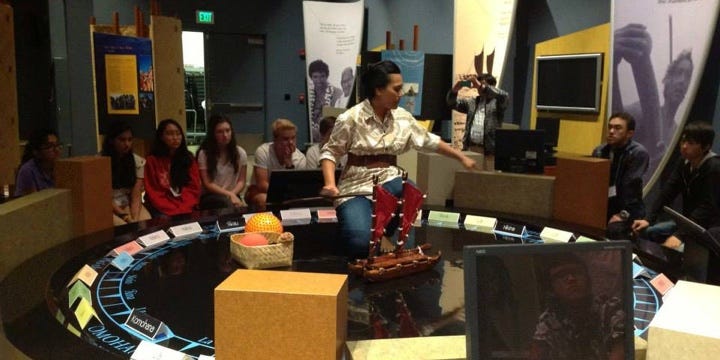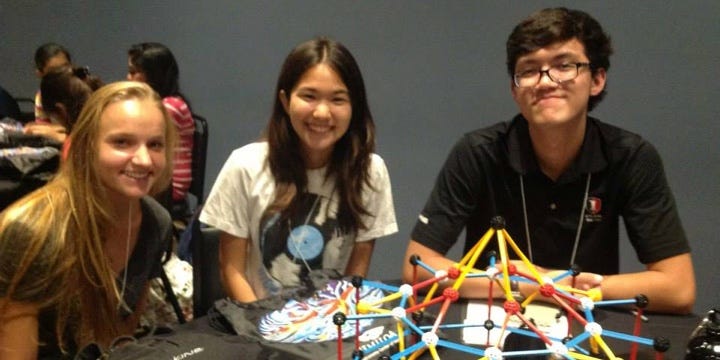Hilo Hosts 3rd Astronomy and Engineering Summit

For the third year, the Pacific Astronomy and Engineering Summit is being convened in Hilo, bringing together high school students from around the world for five days of activities, workshops, and other hands-on learning opportunities.
The summit was first held in 2013, modeled after two of the worlds most prestigious science education showcases: the International Student Science Fair, which moves from country to country each year, and the Japan Super Science Fair in Ritsumeikan.
This year, the summit will welcome 31 students and teachers, including eight students and three teachers from Hawaii Island (from Kealakehe High School, St. Joseph School, and Kamehameha Schools-Hawaii). They will be joined by 15 students and five teachers from Canada, Japan, China, and India.

The represented nations are all partners in the Thirty Meter Telescope, which is sponsoring the summit along with the Mauna Kea Astronomy Outreach Committee, with support from the Hawaii Space Grant Consortium and the University of Hawaii at Hilo.
UH Hilo's Imiloa Astronomy Center will host most of the program, which runs from today through Friday, July 24.
That program includes sessions on topics ranging from telescope optics and digital imaging to volcanoes, meteorites, and robotics. Throughout, students will have opportunities to interact with working scientists and engineers, who will collectively foster their budding interests in Science, Technology, Engineering and Math (STEM).
The students will also hear from noted speakers like Jim Kauahikaua, who until recently served as chief scientist at the Hawaii Volcano Observatory,Chad Kālepa Baybayan, navigator with both 'Imiloa and the Hokulea, Kaiali'i Kahele from Pa'a Pono Miloli'i, and Heather Kaluna, the first Native Hawaiian to complete the UH PhD program in astronomy.

Participating students will also take the stage, making presentations on their research projects. From studying the relationship between moon phases and tsunami intensity to using helium balloons to launch spacecraft, the students will get professional feedback on their work.
And they will venture outside the 'Imiloa Astronomy Center for field trips to Hawaii Volcanoes National Park.
Summit organizers stress the importance of STEM education, noting that there will be 29,000 new STEM related jobs in Hawaii alone by 2018.
"Science education and partnerships are critical to creating tomorrow's researchers, educators, inventors, and technicians, and it is they who will continue to use science, technology, and culture to inspire the exploration of our universe," said TMT chairman Henry Yang in a statement. "Technology allows us to communicate and collaborate across borders, and the experiences these students share over the next five days will result in friendships and working relationships that last for years to come."
For more information on the summit, visit paes.hawaii-conference.com, or visit the Facebook page.

Photos courtesy PAES.




